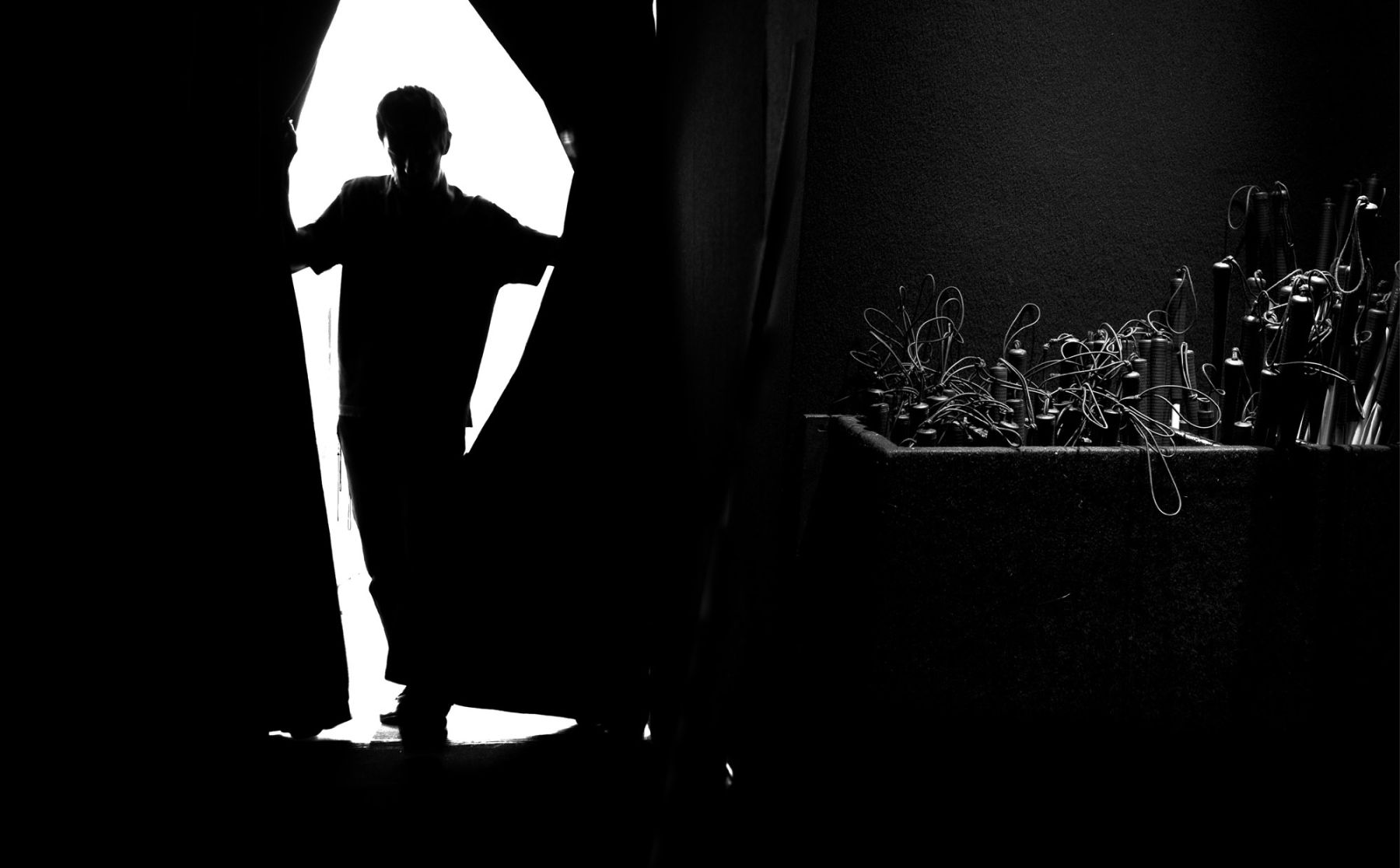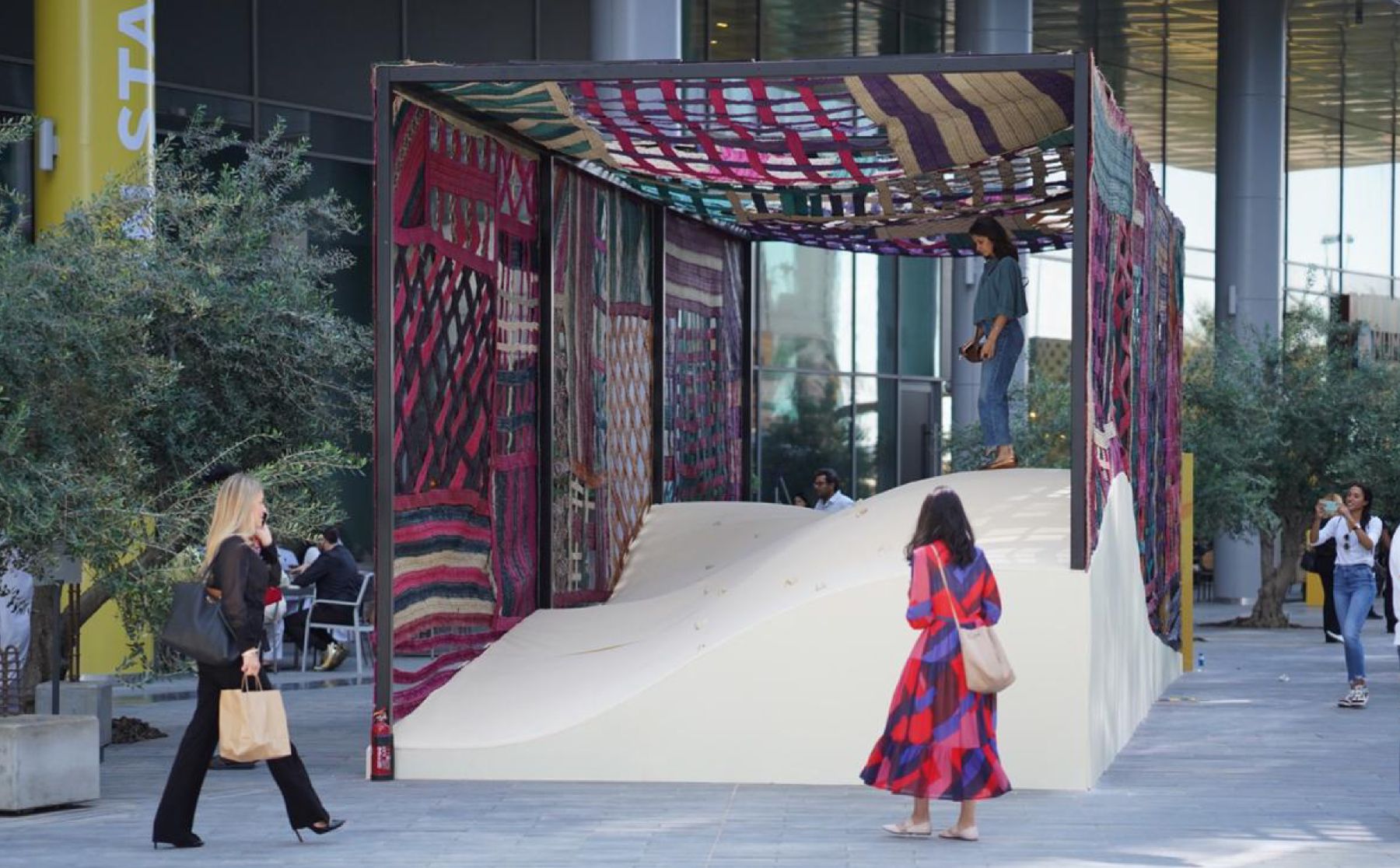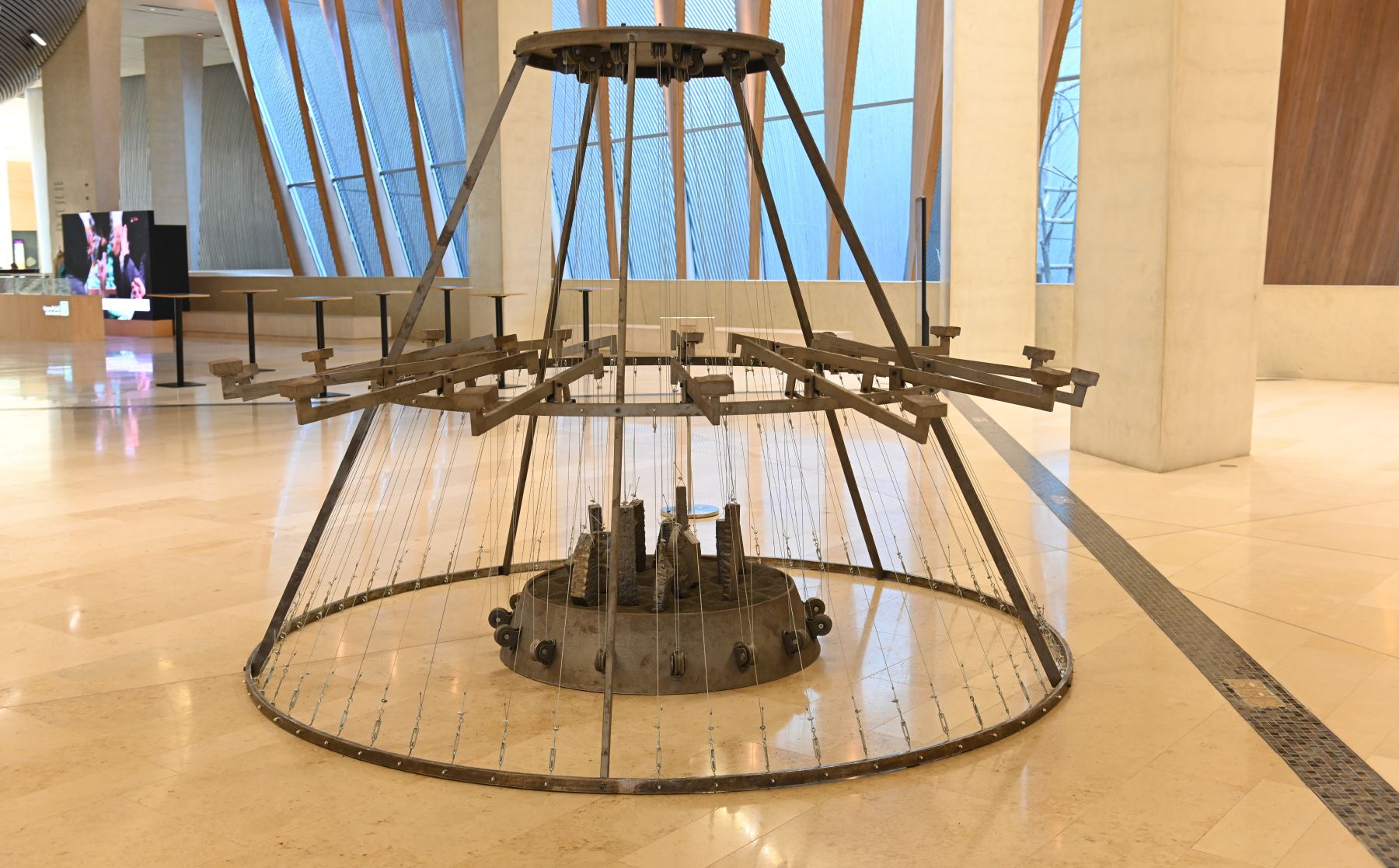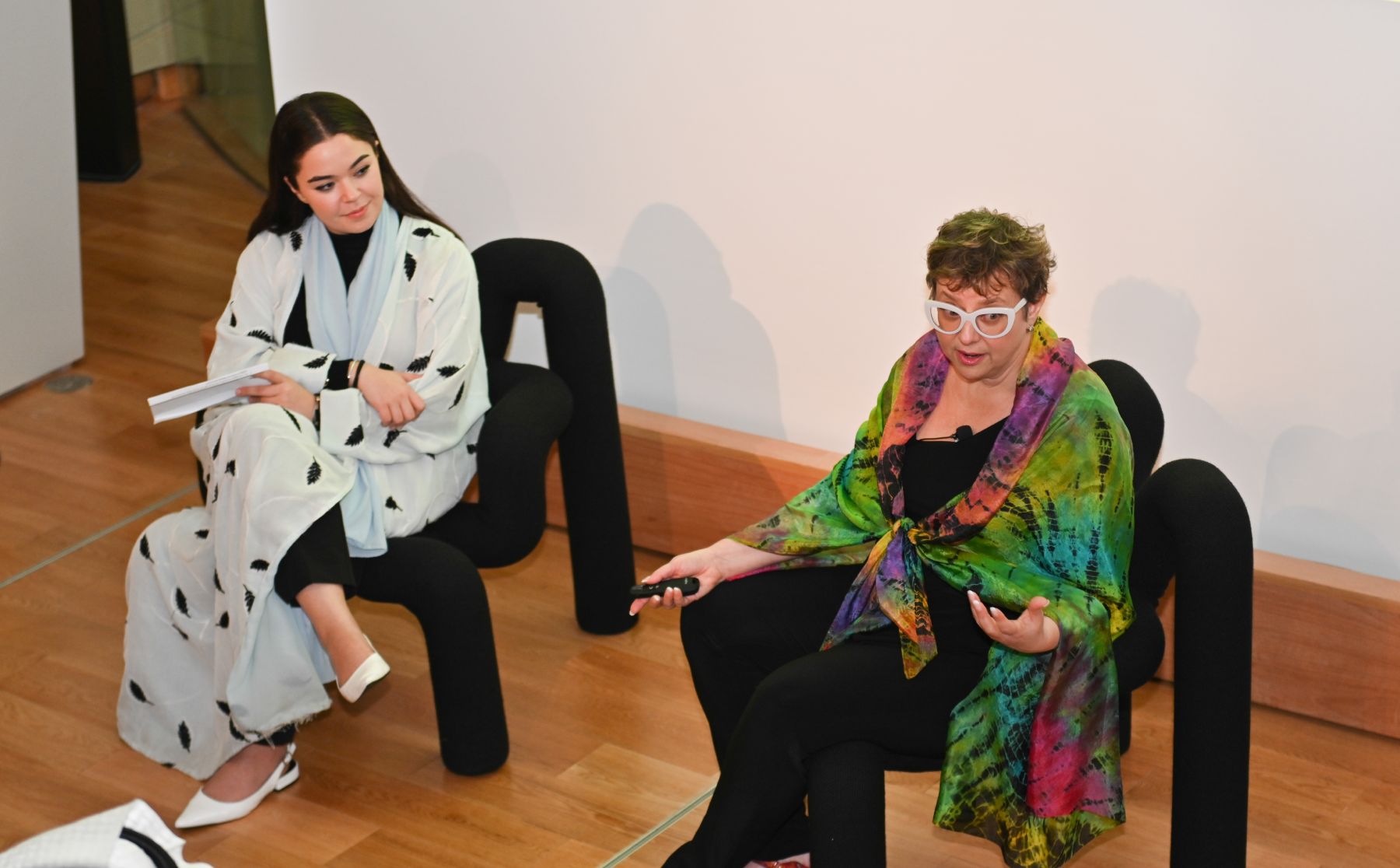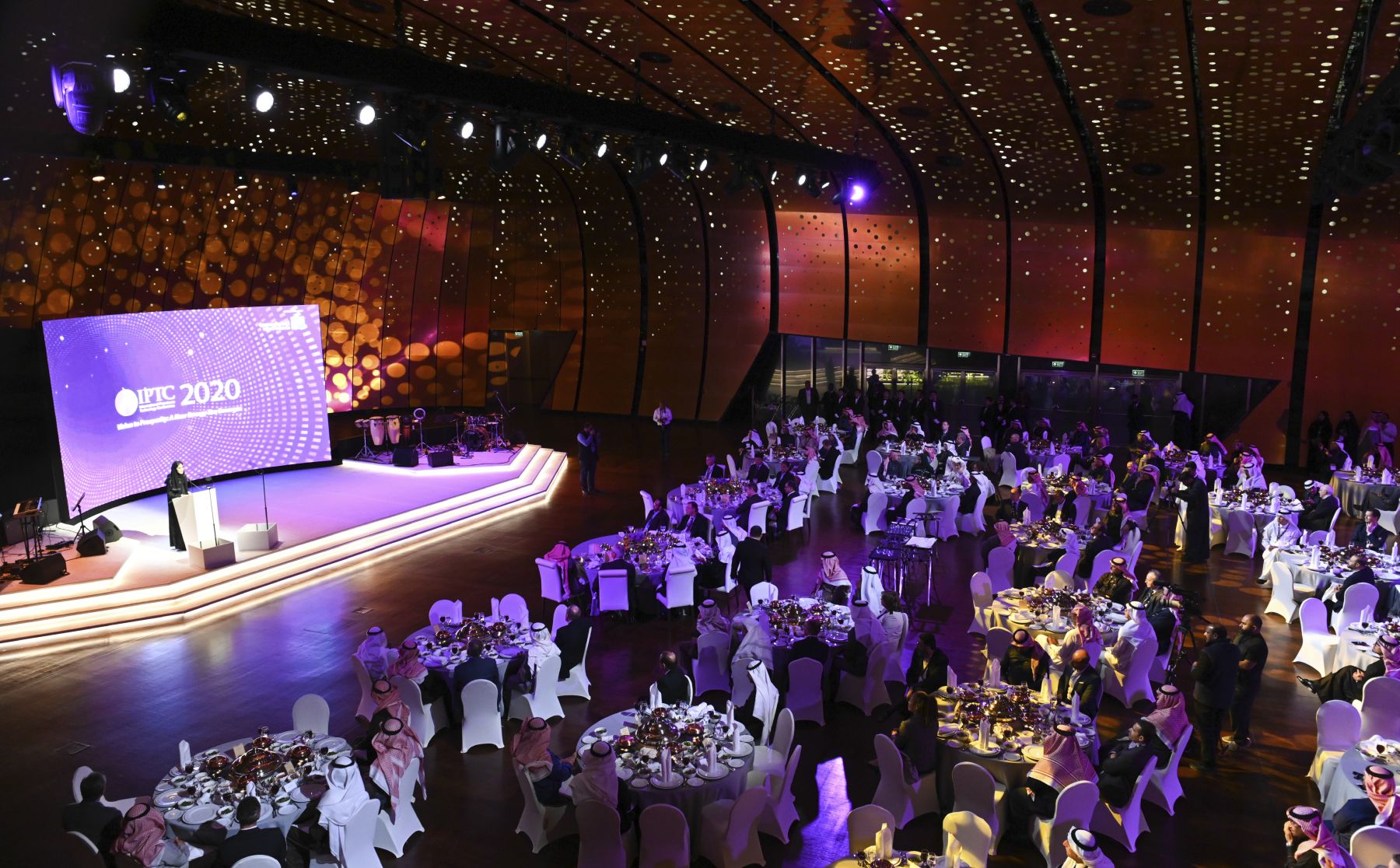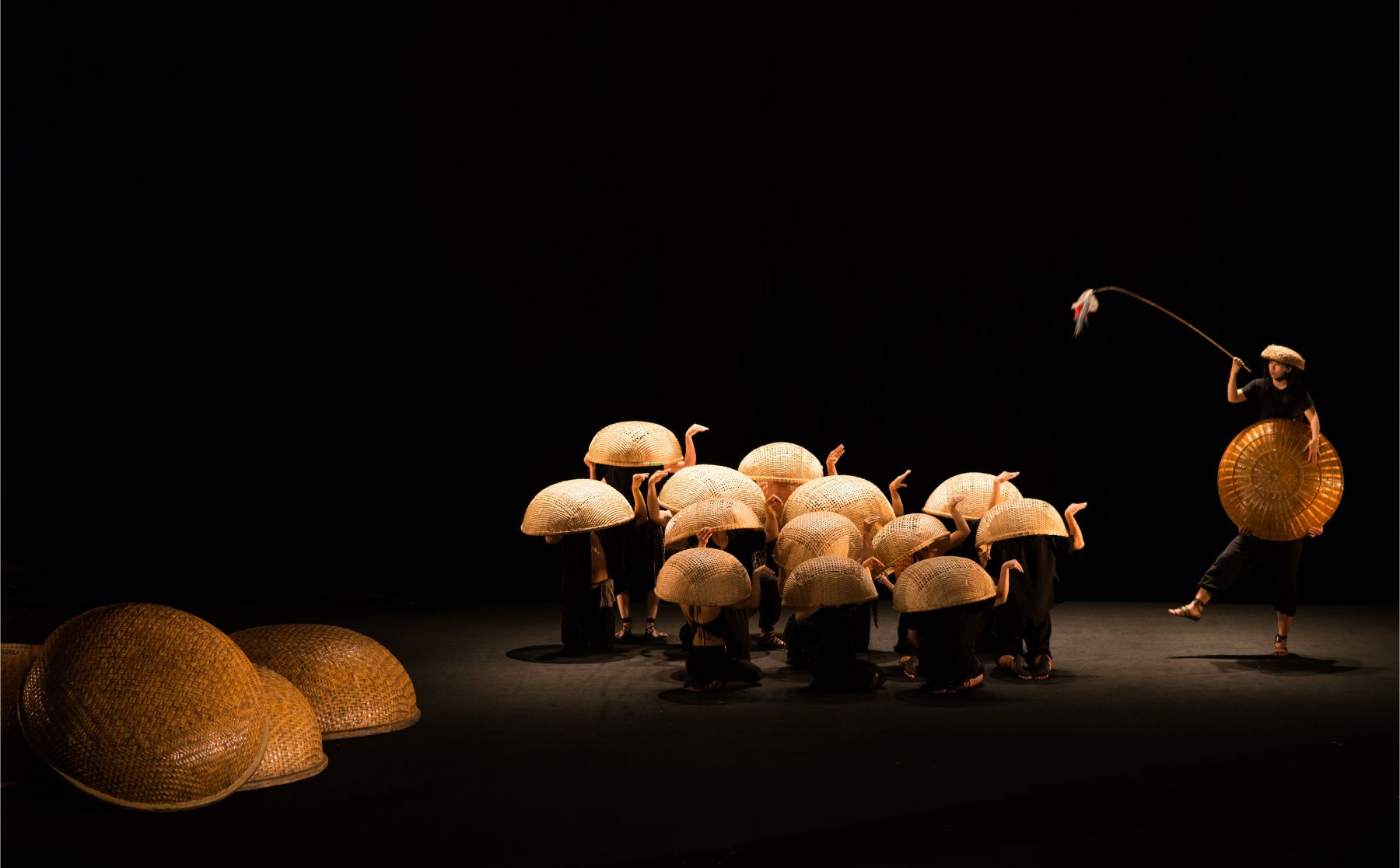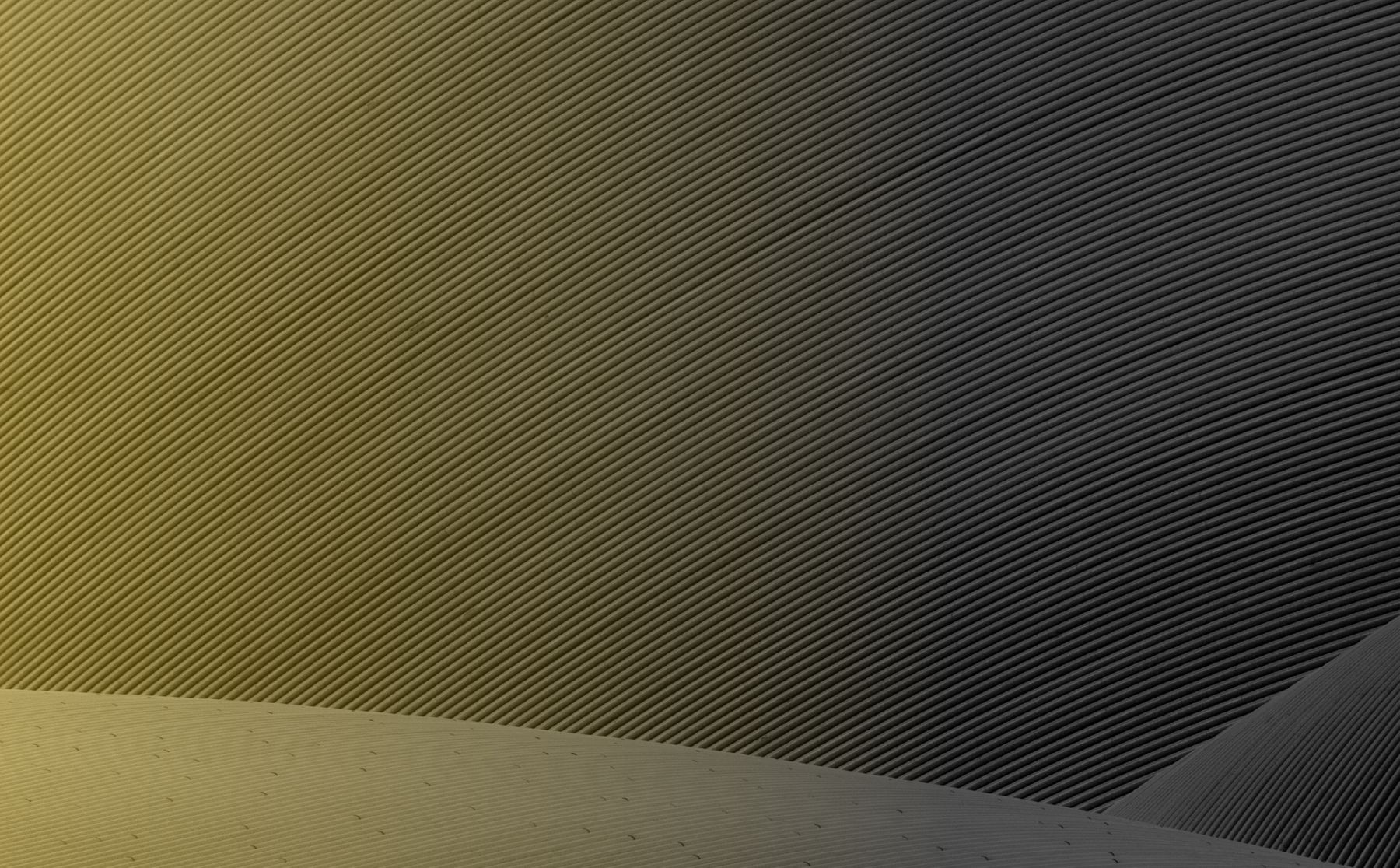Rebecca Proctor talks with Ithra about the effects of COVID-19 on the arts
In 2019, more than 93,000 people trekked to Art Basel in Switzerland, one of the world’s leading art fairs. This year, because of COVID-19, that number will drop to zero. Due to the double-whammy of a global economic downturn and the pandemic, the international art industry is reeling.
While there has been extraordinary harm and stress in terms of public health and livelihoods throughout the world, many culture professionals have turned to dialogue about how we move in the right direction and emerge with lessons learned.
Rebecca Proctor is one of those culture professionals. A seasoned critic who perennially attended Art Basel, Proctor empathetically acknowledges the members of the arts community who are suffering. But as a cultural historian, she is confident that when the answers are found, the arts and culture communities will help humanity move in the right direction.
“I think the heritage museums and art museums will very soon have a fantastic role to play because people will be so thirsty for incredible shows and art,” says Proctor. “I am sure of it. There is a great deal of art being made now because people have the time and the motivation.”
Proctor recently sat for a virtual interview with the King Abdulaziz Center for World Culture (Ithra) as part of a series dedicated to gathering expert perspectives about the effects of the COVID-19 pandemic on the cultural landscape and how to best build a path to a positive future for the arts.
Proctor, a widely-published Dubai-based culture critic, is a highly sought-after thought leader and moderator and erstwhile Editor-in-Chief of Harper’s Bazaar Art Arabia and Harper’s Bazaar Interiors, says: “I think some really interesting art is going to come out of this period. I look at art as a document. I believe that is what is left from critical moments. What we learn about the past about humanity is not just through written documents. I'm saying that as a writer, but through the art, through the monuments, and through architecture, we get a sense of the civilizations that came before. What we effectively are going through at this moment will be documented by some interesting art. It will go into heritage museums, and into our current and emerging institutions. I think it's going to be hard. But in a few years, we’ll be all right. Humanity will look to art. We crave it. We need it. We'll come back with renewed hope. I have no doubt.”
Proctor says this with a sense of history. She recounts that she listened to her grandparents’ music while she was growing up in the United States. Having lived through the Depression and then World War II, she saw something bright and positive in the culture of her grandparents. “There's hope in that art,” she explains. “We're going through the pain right now and it’s not going to be easy. But they were thirsty for it. And they created an incredibly vibrant art scene. People just wanted to create. They needed to express themselves. There was a real positive feeling about that. They were called the ‘Greatest Generation’ for a reason. I think the same might come out of this.”
Because of her work as a critic, editor and writer, Proctor is in constant contact with galleries, culture institutions and artists from around the world. While the commercial galleries are “in a state of panic,” she sees less-business oriented institutions and artist-collectives as a hopeful path to the future. In particular, she notes how many artists have taken this time of lockdown and quarantine as an opportunity to focus on their own art. “Creatives, after all,” she notes, “need time alone to produce. And many of the artists I have been speaking to are doing that.” In fact, she adds, many visual artists have found the pandemic to be a productive time. The switch to an almost exclusively virtual world of art and design is not, however, in her opinion, sustainable.
“I love the fact that there's a wonderful and very rich digital landscape right now,” she explains. “But I don't think the art scene can forego the physical. We really need that. It's vital for us as human beings to be connected that way.”
Human connection, for Proctor as so many others, is the key to art and culture. Empathy. Creativity. Human endeavor, in painting, for example, is so often about seeing the touch of the human hand. And yet, as she points out, artists adapt:
“Quite a few artists told me in the beginning they were so overwhelmed. They're used to creating art in isolation. An artist uses time alone to create. Creative people need that kind of solitude. But in the beginning, they struggled with the fact that so much was happening, so many unknowns. Several artists in New York told me this. And then they decided, I'm just going to go on, I'm going to go to my studio every day. I'm going to paint as much as possible.”
Despite her pervasive sense of hope for the future, Proctor, whose own life and livelihood have been significantly affected by the lockdown, never loses sight of the harm and stress caused to the creative communities. She says: “The flip side is that there is a real worry among a lot of artists - and probably more on the emerging side – about how they are going to sell their work. And galleries, to say the least, are struggling.”
Proctor has been paying attention. The major sales by auctions like Sotheby’s have done well in the region with sales of Arab and African work. She says, “But the numbers I saw on the news for the industry in general were grim – a 95% drop.”
With the increased creativity by artists in mind, Proctor contrasts the “sheer panic” she sees in industry-reliant art communities such as New York, London and Paris to emerging culture scenes such as Saudi. “I’ve been covering Saudi Arabia for the past ten years,” she explains. “I was there practically every week. The Saudi artworld is largely underground. I went to this apartment block in Riyadh, for example, on this obscure kind of street. You go in and there's artwork everywhere and people are coming and going. It’s a collective. It's a really cool setting. This kind of thing won’t stop happening. You get such fantastic conceptual art in Saudi. People I've shown the art to can hardly believe it. And these artists are all self-taught because they didn't have the access to museums or to galleries that so many others have had for such a long time.”
Yet Proctor notes how the pandemic has most directly affected her: travel. Whereas she had been visiting Saudi dozens of times a year for work and constantly jetting around the world to the until-recently almost uncountable major art fairs, suddenly, everything stopped.
“As someone who's reported on the art and culture scene in the region and internationally for over a decade,” she explains, “traveling has been always extremely important to what I do. I wouldn't have been able to make the sort of contacts I have, the relationships, or the cross-cultural observations. Empathy can more easily blossom, I think, when you are actually in another country.”
Proctor, highly energetic and affable, is conflicted. On one hand, she clearly enjoys the international inter-connections and prizes little above in-person encounters with others and art, but she is also critical of the pace and what strikes her as an over-population of art fairs. “The whole fair ecosystem has a big question mark over it,” she notes. “Do we really need all these art fairs? People are asking that. And I think the answer is no. There is already tremendous stress on the market. Why, maybe, can't we just have one art fair in the UAE and make it really good?”
Proctor sees the pandemic as a time of realignment and building hope for a more sustainable cultural future. For her, the current situation of quarantine and closure offers the possibility of a time for meditation, thought leadership and the production of art. The hardship is real on the art industry and she is concerned about the galleries and artists who will be sidelined by health or economic harm. The culture industry will be different, she emphatically states, but in the end, people are physical beings and art is so often a physical experience, the thirst for which the public will not ultimately be denied. Her message is one of hope and humanity. “I believe in the power of physically being close to any work of art,” she notes, “interviewing someone in person, or feeling the energy of an exhibition. There's nothing like it. You can't replace it.”
This interview between Ithra and the interviewee is part of a series of discussions on the impact of Covid-19 and the future of the creative industry.


